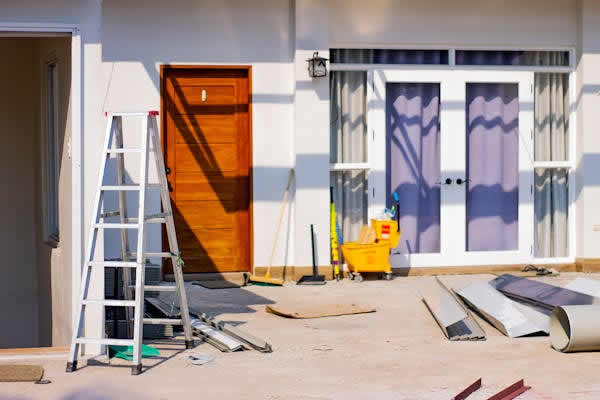
Since the beginning of last year, home prices have risen by almost 6% in the US. Fixer-upper homes tend to cost half as much as new homes, which makes them a lucrative investment for people willing to put effort into their property and possibly resell it at a much higher price.
Fixer-upper homes might cost up to 45% less because of significant repairs that need to be done after the purchase, like updating the plumbing system or fixing thin walls. You can also expect to need a paint job and have some flooring issues with a fixer-upper house.
In this article, you will learn how to strategically plan for investing in a fixer-upper house and how to choose the best property that will make you the most money.
Strategic Approach to the Perfect Fixer-Upper

Here are some tips for finding and assessing the perfect fixer-upper opportunity:
Neighborhood Selection
Consider the attractiveness of the location to potential buyers or renters, as it can impact the property's value and profitability. Research local amenities, schools, transportation options, and future development plans.
You can fix up a home, but you can’t change its location. Look for areas with solid housing demand and appreciation potential. Established neighborhoods with character and charm are ideal. Drive around and get a feel for safety, noise, traffic, and amenities. Talk to locals to gauge desirability and growth. Research prices, trends, and development plans.
Assessing the Home’s Condition
Once you've identified a potential home, dig into its current state. Hire a professional inspector to provide an objective analysis. They will assess foundations, roofing, electrical, plumbing, pests, and HVAC.
Determine if issues are cosmetic or structural. Cosmetic fixes like flooring and paint are easy, while foundation and roof problems can destroy budgets. Ensure issues are fixable and account for all necessary repairs in your budget.
Evaluating the Existing Layout
Consider whether the current floor plan requires significant modifications. Assess the flow between rooms, the size of each space, and the potential for expansion. Changing the layout can be costly, so it's important to calculate the potential expenses and determine if it aligns with your vision. If you need to remodel a layout in Dubai properties or any other city, ensure that you are legally allowed to do so.
Financial Game Plan

A well-planned budget for renovating a fixer-upper will keep your project on track and help avoid financial strains. Here is what you have to keep in mind when planning your budget:
Initial Affordability vs. Hidden Costs
The low sticker price on a fixer-upper can be tempting, but make sure to look beyond the surface. Start by evaluating the total cost of necessary repairs and renovations.
Renovations almost always end up costing more than initially expected. Things like replacing faulty wiring, updating plumbing, or repairing a leaky roof can quickly escalate a simple cosmetic facelift into a major overhaul. Go into the project knowing you’ll have to account for unforeseen expenses.
Financing Your Vision
There are a few different renovation loan options:
- FHA 203(K). This loan is backed by the Federal Housing Administration and only requires a 3.5% down payment. The key benefit is you can roll the purchase price and estimated renovation costs into one loan.
- VA renovation. For veterans and active duty service members, this type of VA loan finances the home plus improvements. Perks include no down payment and reduced closing costs.
- HomeStyle renovation. This loan covers up to 97% of the total purchase and renovation costs. You can choose between fixed or adjustable rates and need a minimum of 620 credit score.
These options allow borrowers who qualify to rebuild their home or purchase a new home while factoring in the costs of repairs and remodeling.
Transforming Your Fixer-Upper
The key is to make a priority list. Focus on any repairs or upgrades needed for safety and essential functions, like electrical, plumbing, roofing, and structural issues. Cosmetic changes like new paint colors, light fixtures, and flooring can come later.
Assessing your DIY skills honestly is important, too. Taking on too much yourself can not only be dangerous but lead to shoddy work requiring expensive corrections. Seek professional assistance for complex electrical, structural, and plumbing projects. Thoroughly research and vet any contractors. Ensure you understand what will be done and the estimated timeline. Communicate regularly to address any questions or concerns promptly.
Final Note
Transforming a fixer-upper takes time, patience, and often professional help. But the payoff is a home fully customized to today's competitive market. With good planning and communication, you can turn that diamond in the rough into a true gem.
